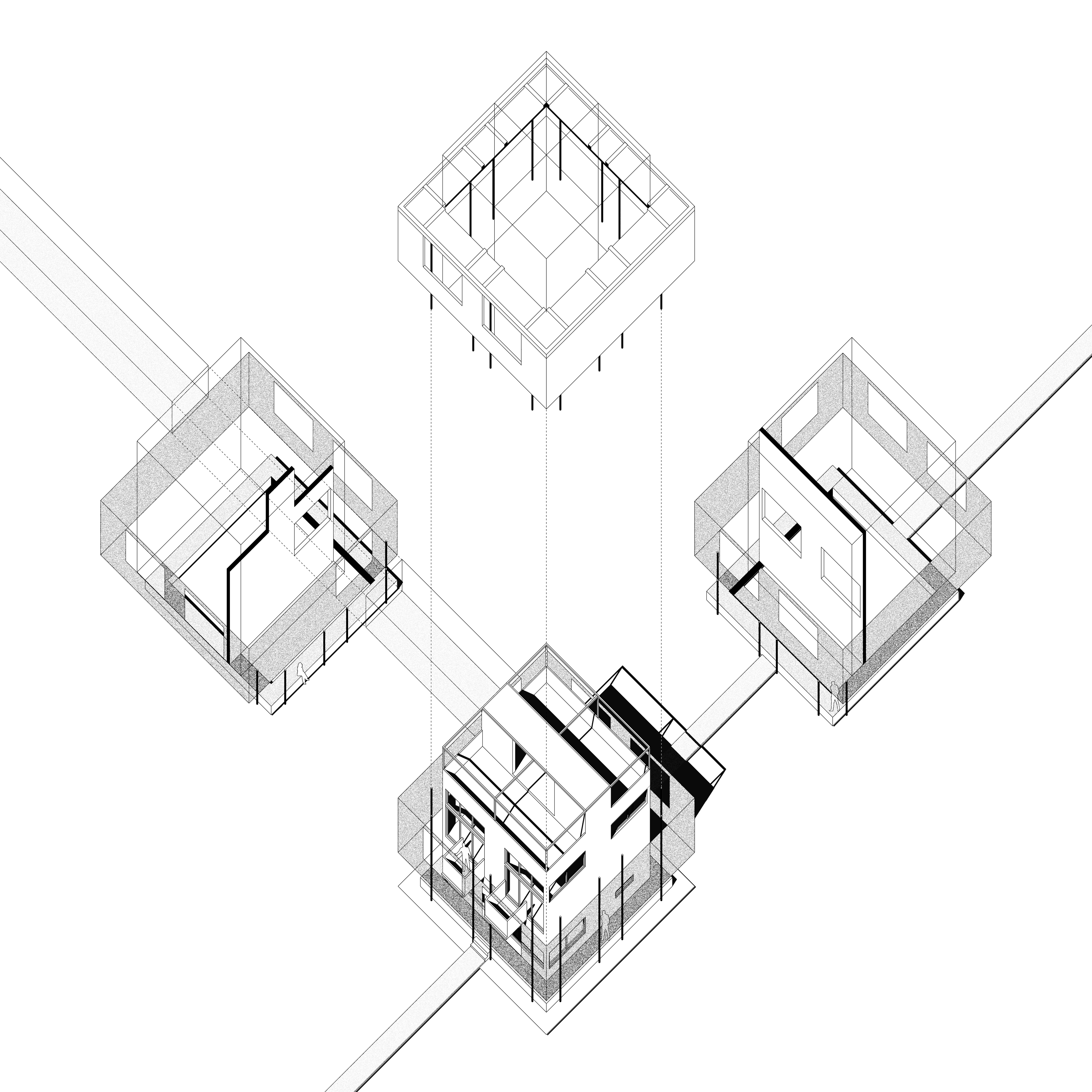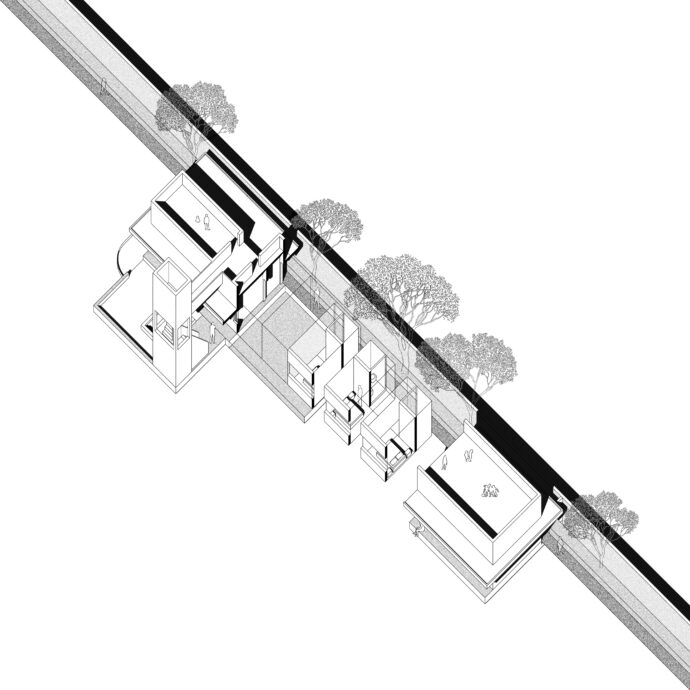Drawing as Practice
The Acceptance of Uncertainty : An Architecture Practice of Drawing
Year: 2024
Authors: Reshma Mathew, Lijo John Mathew
Type: Research
Published: IIA Journal Vol. 89 issue 02
“This is a search in the obscurity and darkness of uncertainty, in which a subjective certainty is gradually achieved through the laborious process of the search itself.” The above-written excerpt is from Juhani Pallasmaa’s book, The Thinking Hand: Existential and Embodied Wisdom in Architecture where he beautifully articulates the value of hesitation and one’s acceptance of the unknown in a creative endeavour. The implication of ‘risk’ in a creative state, according to Pallasmaa, is the uncertainty of advancing on untrodden paths, “a condition of haptic immersion where the hand explores, searches and touches semi-independently”. He evidences this hypothesis with the works of architects like Reima Pietilä, Alvar Aalto, Renzo Piano and so on and puts forth a question on the primacy of the drawing.
One must wonder if the drawing comes first or the idea does or if the idea or image is slowly revealed in a non-linear process of drawing. He quotes Reima Pietilä and his metaphorical comparison of the architectural process with that of hunting and fishing; “you cannot be certain what you are going to catch or if you will catch anything at all.” Similarly, in Alvar Aalto’s design philosophy, “a focused consciousness needs to be momentarily relaxed and replaced by an embodied and unconscious mode of mental scanning.” In all of the above-mentioned architects’ works, what stands apart is the seminal role of the absent-minded hand and its seemingly unconscious and aimless act of play in sketching. But Pallasmaa believes that drawing, far from being an aimless activity, is a deeply engaged and embodied exercise of thinking through making that gives rise to the image or the idea. He equates the ‘craft’ of architecture; most often synonymous with the process of building; with the creative labour of thinking.

